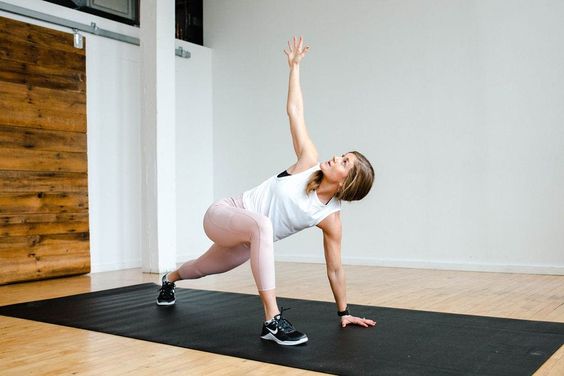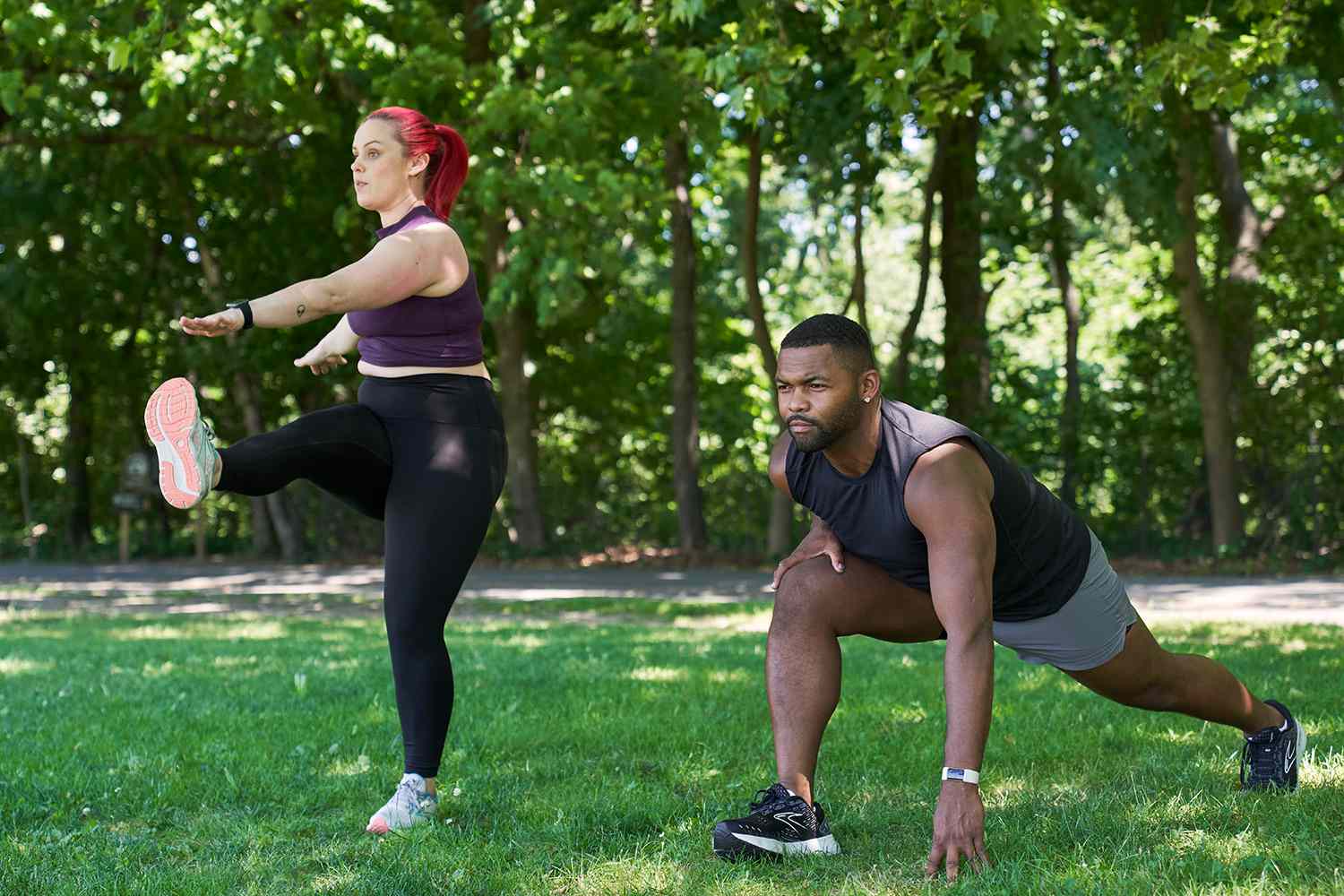Injuries can put a damper on your fitness routine and slow down your progress. Taking steps to prevent common workout injuries is essential for a safe and effective exercise experience. Understanding how to prepare, stay safe during your workouts, and recover properly afterward can help you maintain your health and reach your fitness goals.
You should start by recognizing the types of injuries that can occur, such as sprains, strains, and overuse injuries. By incorporating effective strategies into your routine, you can greatly reduce the risk of injury. Whether it’s warming up correctly, paying attention to your form, or allowing adequate recovery time, being proactive is key to enjoying your workouts.
Making a few adjustments to your workout habits can make a significant difference. This guide will walk you through important tips to help you stay injury-free while you pursue your fitness journey.
Key Takeaways
- Know common workout injuries to stay alert and safe.
- Implement prevention strategies during your exercise routine.
- Prioritize recovery to keep your body healthy and strong.
Understanding Common Workout Injuries
Knowing the types and causes of workout injuries can help you take steps to prevent them. You should be aware of specific injuries that commonly occur and the factors that contribute to these issues.
Types of Injuries
Many workout injuries fall into two main categories: overuse injuries and traumatic injuries.
Overuse injuries develop gradually. These include conditions like:
- Tendinitis: Inflammation of tendons often due to repetitive motion.
- Shin splints: Pain along the shin bone, common in runners.
- Stress fractures: Tiny cracks in bones caused by repeated impact.
Traumatic injuries happen suddenly and can be severe. Common examples are:
- Sprains: Stretching or tearing of ligaments often seen in the ankle.
- Strains: Injuries to muscles or tendons, commonly occurring in the back or hamstring.
- Knee injuries: Can involve dislocation or damage to ligaments.
Causes of Workout Injuries
Several factors contribute to workout injuries.
Improper form or technique can lead to strains and sprains. For example, not using correct posture during lifting can injure your back.
Inadequate warm-up is another common cause. Skipping warm-ups can lead to muscle pulls and strains.
Overtraining is a significant risk. Exercising too much without rest can lead to overuse injuries like tendinitis or stress fractures.
Lastly, being aware of your surroundings is essential. Collisions with others or equipment can cause traumatic injuries. Always pay attention to your environment while working out.
Preparation for Injury Prevention
Preparing properly before exercise is key to reducing the risk of injuries. Focus on warm-ups, proper form, and selecting the right program to keep your body safe and ready for activity.
Importance of Warm-Ups and Cool Downs
Warming up is crucial before any workout. A good warm-up increases blood flow to your muscles, improves flexibility, and gets your heart ready for exercise. Aim for 5 to 10 minutes of light aerobic activity, like jogging or jumping jacks.
Incorporate dynamic stretching to enhance mobility. Movements like arm circles and leg swings prepare your body for action.
Equally important is cooling down after your workout. This helps lower your heart rate and reduces muscle stiffness. Spend a few minutes walking or doing gentle stretches, focusing on areas you worked during your session.
Proper Form and Technique
Using proper form and technique is essential for injury prevention. Incorrect movements can lead to strains and overuse injuries. Always pay attention to how you perform each exercise. If you’re unsure, consider asking a trainer for guidance.
Be mindful of your body alignment. For instance, when lifting weights, keep your back straight and engage your core. This will help distribute the weight evenly and reduce strain on any one area.
Remember to listen to your body. If you feel discomfort or pain, stop the exercise and reassess your form.
Choosing the Right Exercise Program
Selecting a suitable exercise program keeps you motivated and helps prevent injuries. Choose an activity that matches your fitness level and interests. If you’re new to working out, start with easier exercises before progressing.
Incorporate a mix of cardiovascular exercise, strength training, and flexibility work. This approach builds balanced strength and endurance, lowering injury risks.
It’s also beneficial to cross-train. This means mixing different types of workouts to avoid overloading specific muscle groups. Always prioritize programs that include warm-ups and cool-downs for optimal safety.


During-Exercise Strategies
Being mindful during your workouts can help prevent injuries. Focus on monitoring your form and incorporating cross-training. These strategies ensure you stay active while minimizing risks.
Continuous Monitoring and Adjustment
While exercising, constantly check your form. Good form is crucial in reducing stress on your joints and muscles. If you notice any discomfort, pause, and reassess. Adjust your technique as needed.
It’s also smart to listen to your body. If you feel fatigued or experience pain, take a break or switch exercises. Overexertion is a common cause of injuries. Keep your workout intensity manageable.
Ensure that you are adequately warmed up. Dynamic stretches can prepare your muscles for activity. This can enhance performance and lower injury risk. Always be aware of your surroundings to avoid accidents with other gym-goers.
Cross-Training Benefits
Cross-training involves mixing different types of workouts in your routine. This practice can lower the chance of overuse injuries. By varying your training, you give specific muscle groups a break.
For instance, if you usually run, consider swimming or cycling. These activities engage different muscles while keeping your cardio level up. They also allow for physical recovery without losing fitness.
Additionally, cross-training can improve your overall strength and flexibility. It helps keep workouts interesting, which can boost motivation. Incorporating various exercises will benefit your training and help you stay active and safe.
Post-Workout Recovery
Post-workout recovery is crucial for helping your muscles heal and preventing injuries. By focusing on rest and proper management of any injuries, you can improve your performance and boost muscle recovery.
Rest and Rehabilitation
Rest is a key part of recovery. Allowing your body time to heal can help reduce muscle imbalances and prevent injuries. Aim for at least 24 to 48 hours of rest after intense workouts.
Rehabilitation techniques include gentle stretching and light activities. This helps maintain blood flow to the muscles. Listening to your body is important; if you feel pain, take a break.
Do not forget to use functionalities like ice therapy. Applying ice for 15 to 20 minutes can reduce swelling and soreness. Compression can also aid recovery by promoting blood flow.
Managing Injuries
If you experience an injury, managing it promptly is essential. Start with the R.I.C.E. method: Rest, Ice, Compression, and Elevation.
- Rest: Avoid activities that cause pain.
- Ice: Apply ice to the injured area to reduce swelling.
- Compression: Use bandages to provide support.
- Elevation: Keep the injured area above heart level.
Consult with a trainer or personal trainer if pain persists. Sports medicine professionals can also offer valuable guidance. Regular check-ins can help you avoid further injury and stay on track with your fitness goals.





